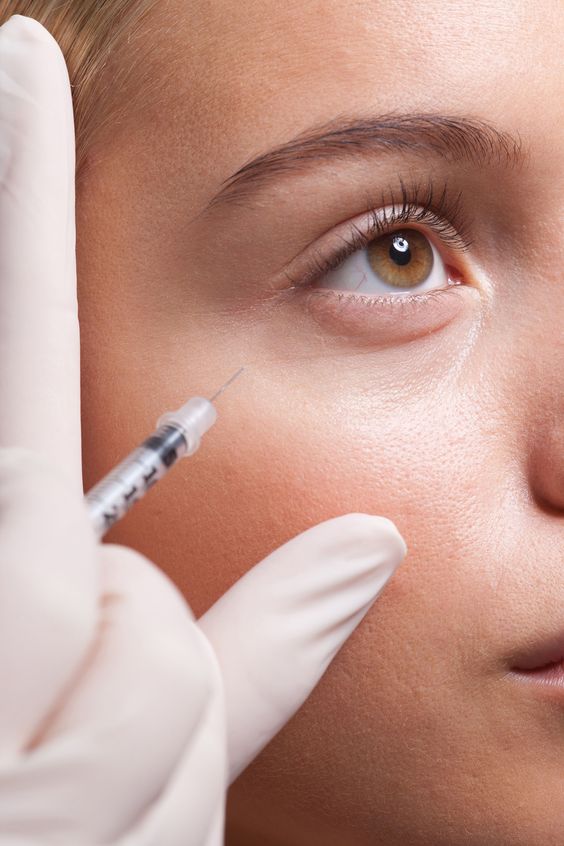Botox and dermal fillers are both popular cosmetic treatments used to enhance the appearance of the face, but they work in different ways and target different types of wrinkles and lines.

Here are the key differences between Botox and dermal fillers:
- Mechanism of Action:
- Botox: Botox is a neurotoxin that temporarily blocks the nerve signals to the muscles, preventing them from contracting. By relaxing the muscles, Botox helps reduce the appearance of dynamic wrinkles, which are caused by repetitive muscle movements, such as smiling, frowning, or squinting. It is commonly used to treat forehead lines, frown lines (glabellar lines), and crow’s feet around the eyes.
- Dermal Fillers: Dermal fillers, on the other hand, work by adding volume to areas of the face that have lost volume due to aging or other factors. They typically contain hyaluronic acid, a naturally occurring substance in the skin that helps retain moisture and volume. Dermal fillers are used to plump up static wrinkles, which are present even when the face is at rest, as well as to restore volume to areas such as the cheeks, lips, and temples.
- Types of Wrinkles Treated:
- Botox: Botox is primarily used to treat dynamic wrinkles, such as forehead lines, frown lines, and crow’s feet, which are caused by muscle movements.
- Dermal Fillers: Dermal fillers are used to address static wrinkles, such as nasolabial folds (smile lines), marionette lines, and wrinkles around the mouth, as well as to add volume to areas of the face that have lost volume over time.
- Duration of Results:
- Botox: The results of Botox injections typically last for three to four months, after which the muscles gradually regain their movement, and wrinkles may reappear. Repeat treatments are necessary to maintain the results.
- Dermal Fillers: The duration of results with dermal fillers varies depending on the type of filler used and the area treated. Generally, fillers last anywhere from six months to two years, with some longer-lasting formulations available.
- Treatment Areas:
- Botox: Botox is commonly used to treat wrinkles and lines in the upper face, including the forehead, between the eyebrows (glabellar area), and around the eyes (crow’s feet).
- Dermal Fillers: Dermal fillers can be used to add volume to various areas of the face, including the cheeks, lips, chin, jawline, and temples, as well as to fill in static wrinkles and lines.
In summary, while both Botox and dermal fillers are effective treatments for facial rejuvenation, they work in different ways and target different types of wrinkles and lines. Your healthcare provider can help determine the most suitable treatment option for your individual needs and goals.

